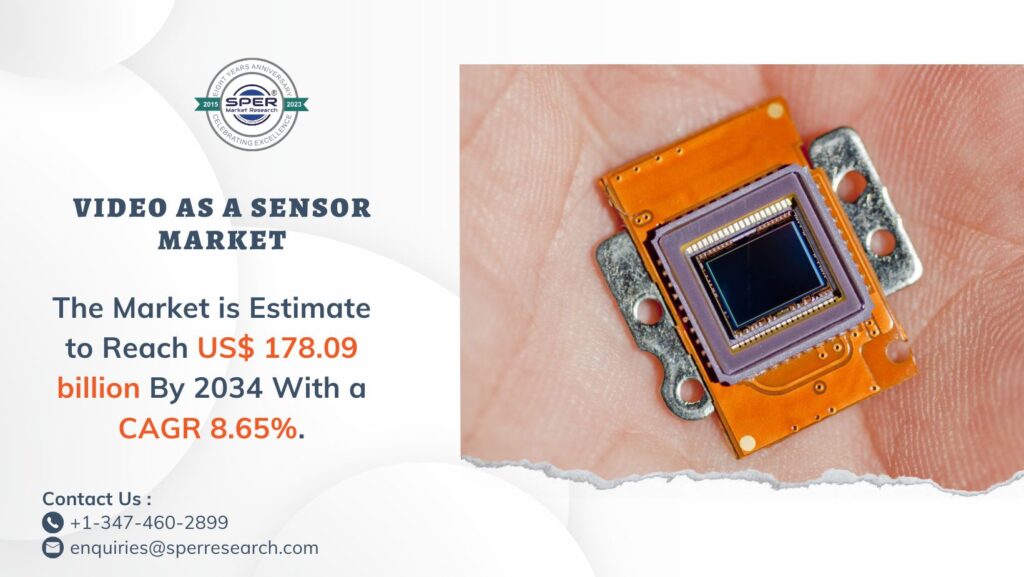A Spectrum Analyzer is a specialized electronic equipment that measures and displays the frequency spectrum of electrical signals, providing useful information about their amplitude and frequency properties. It is a critical instrument for recognizing, evaluating, and troubleshooting signal behavior, as well as detecting interference across a wide range. Spectrum analyzers are used extensively in telecommunications, aerospace, broadcasting, and electronics to assure system efficiency and dependability. They help to test wireless networks, radar operations, and RF components, resulting in high-quality communication.
According to SPER market research, Global Spectrum Analyzer Market Growth, Size, Trends Analysis – By Frequency Range, By Form Factor, By Network Technology, By End User – Regional Outlook, Competitive Strategies and Segment Forecast to 2034 state that the Global Spectrum Analyzer Market is estimated to reach USD 3.97 billion by 2034 with a CAGR of 9.25%.
Drivers:
The growing demand for wireless communication systems is a major driver of the spectrum analyzer market. Spectrum analyzers play a significant role in improving the capability, flexibility, and efficacy of fiber optics and RF systems, making them essential tools in modern communication infrastructure. With the increasing demand for greater internet access, the use of wireless technologies is rapidly spreading across a variety of businesses. In addition, governments in poorer nations are expanding their investments in spectrum auctions to provide affordable and ubiquitous internet access.
Request a Free Sample Report: https://www.sperresearch.com/report-store/spectrum-analyzer-market?sample=1
Restraints:
Regulatory issues and operational complexity are significant constraints for the spectrum analyzer sector. Regulations in the spectrum sector continue to evolve as internet penetration rises in both developed and emerging countries, posing compliance challenges for industry operators. Furthermore, the difficulty of running spectrum analyzers creates a substantial obstacle to their general acceptance, especially in telecom and networking applications where ease of use is crucial. These factors slow the deployment process and increase reliance on experienced personnel. The Global Spectrum Analyzer Market is expected to grow at the fastest rate in the North America due to high technological adoption, strong defense spending, and a well-established telecommunications infrastructure. Some significant market players are VANTEST CORPORATION, ANRITSU CORPORATION, AVCOM, B&K Precision Corporation, Cobham Limited, Fortive Corporation, Giga-tronics Incorporated, Keysight Technologies, NATIONAL INSTRUMENTS CORP, Rohde & Schwarz.
For More Information, refer to below link: –
Spectrum Analyzer Market Share
Related Reports:
Collaborative Robots Market Growth
Display Controller Market Growth
Follow Us –
LinkedIn | Instagram | Facebook | Twitter
Contact Us:
Sara Lopes, Business Consultant — USA
SPER Market Research
enquiries@sperresearch.com
+1–347–460–2899









